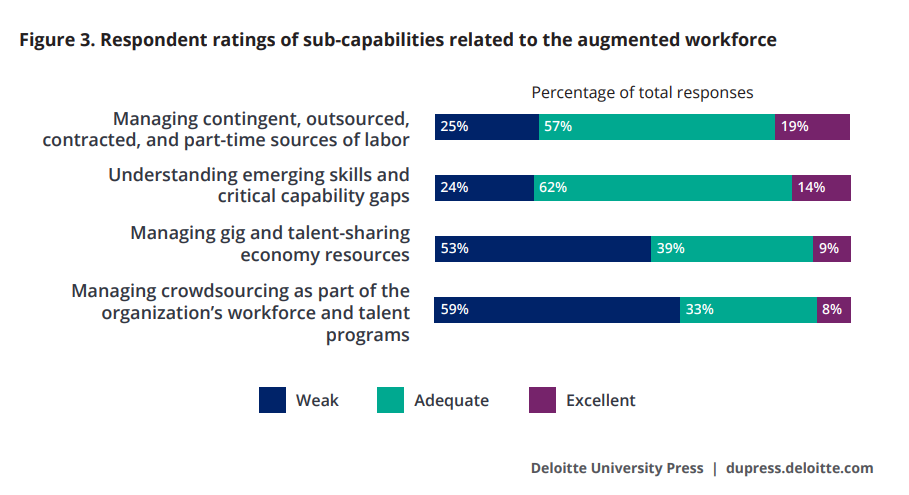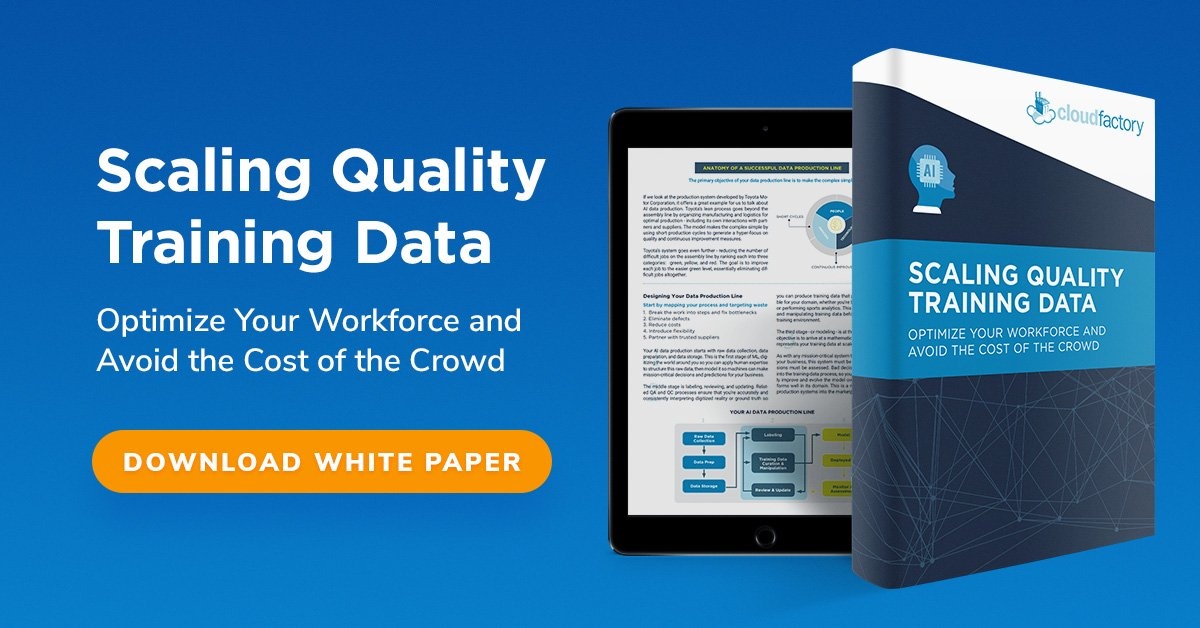
The exponential growth of connectivity and technology are changing the workforce. The organization of the future is a “network of teams” connected by technology, but there’s a learning curve for executives on how to get there, according to Deloitte’s 2017 Global Human Capital Report. Most of the executives who responded to the survey pointed to building the organization of the future as the most important challenge for 2017. Yet, few are prepared to leverage the “new human models,” including contingent labor or outsourcing, that they’ll need to build it.
Deloitte released the report earlier this year, based on input from more than 10,400 business and HR leaders across 140 countries. The research identified that while 66 percent of companies believe their use of off-balance-sheet talent will grow significantly within the next 3-5 years, only 19 percent say they manage contingent, outsourced, or contracted labor well.

Here are a few tips to keep in mind as you seek to apply outsourced talent to create your own network of teams.
1. Know what to outsource
The best work to outsource is well defined, repeatable, and task-focused data work that requires some human judgment. It usually involves the management of unstructured data, such as an object in a photograph or the number on a marathoner’s race bib in a video frame.
- Moderation – This involves interpretation of data, such as confirming unreadable characters on a store receipt.
- Transcription – This kind of task is transferring audio or visual elements from one form into another, such as creating a written transcript of a speech.
- Annotation – This typically refers to adding comments or labels to unstructured data, such as drawing a bounding box around a pedestrian in a video frame.
2. Identify your sourcing needs
Connect with cross-functional internal teams to coordinate the needs across your business. Ask each department about tasks they might be able to accomplish faster if they were outsourced. This will help you move beyond organizational silos to identify emerging gaps across the business. It also will ensure you can leverage economies of scale in sourcing the talent you need. The more work you outsource, the less expensive the work becomes.
3. Choose your sourcing channel
Think about your options for recruiting the kind of talent you need. Aspects to consider include:
- Elasticity – Think about the volume of work you expect to generate, and whether it might fluctuate over time. For example, if you have seasonal spikes in your business, ask your sourcing channel for examples where they were able to scale tasks up or down, based on demand.
- Quality – If quality is important, known and managed workers are likely to offer the best results, because you can create a feedback loop that gets straight to workers, and fast. Look for sourcing channels that provide visibility into productivity and give you a channel for reporting and incorporating your feedback quickly.
- Speed – If you need to get started fast or you need to scale fast, look for talent sources that can get started quickly and have a track record for delivery. You don’t have to sacrifice quality for speed.
4. Review your tools
The workers you source will need to use a software tool to complete the work. The best-case scenario would be to use your own proprietary tool, even if you use open source software, so you can tailor it to your specifications. That way, you’ll have control over the features and functionality of the tool and can make adjustments as your business requirements evolve.
As an alternative, you can use standard tools, such as spreadsheets, or off-the-shelf tooling. Keep in mind that with any technical project, you can expect surprises. As you choose your tools, be sure to consider the ways your project could change.
5. Estimate quality-assurance requirements
For some, the quality of the task is paramount. For example, Ibotta is a post-purchase couponing app for consumers. Accuracy in reading receipts is critical, because the authenticity of the receipt and the numbers on it determine whether the retailer will pay out to the consumer.
You may want to build QA into your tech-and-human stack to ensure you maintain the accuracy levels your business model requires. Ask your sourcing channel if they can provide examples of human QA processes they have incorporated.
As technology and the human aspect of work evolve, outsourcing will continue to play a role in the organization of the future. If you’d like to learn more about the managed workforce and how you can use it to scale and innovate quickly, contact us.
Outsourcing Future of Work Workforce Strategy Automation & Back Office Support



